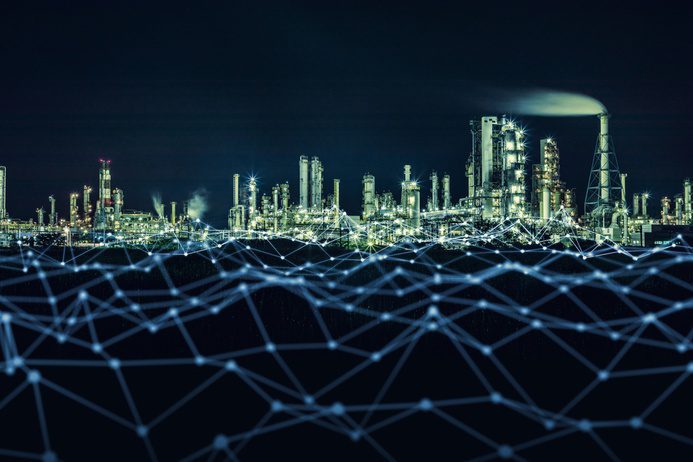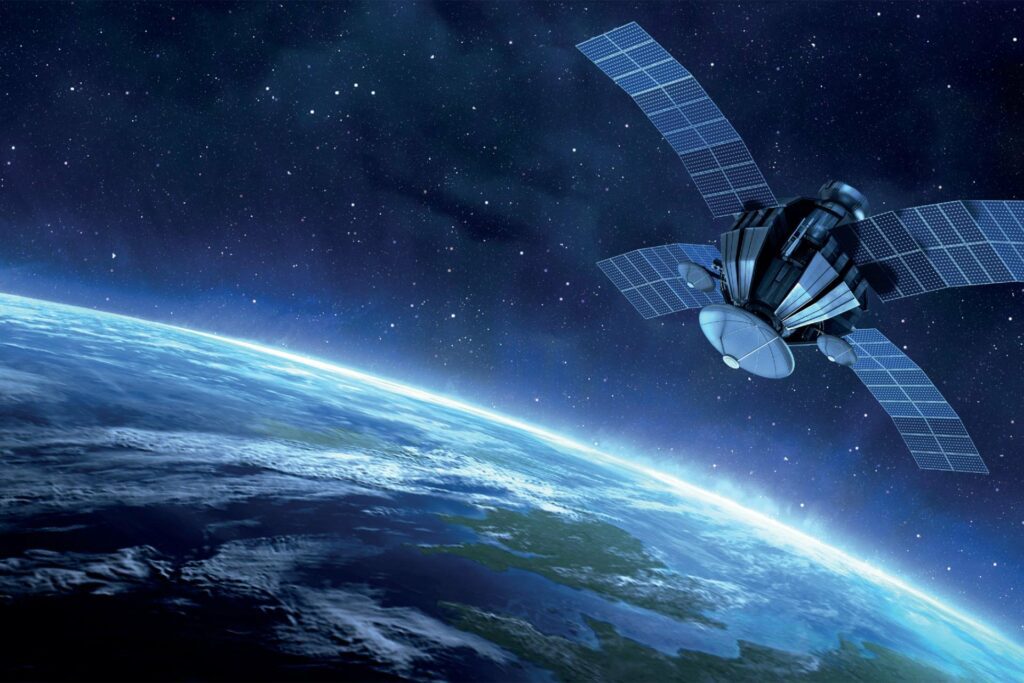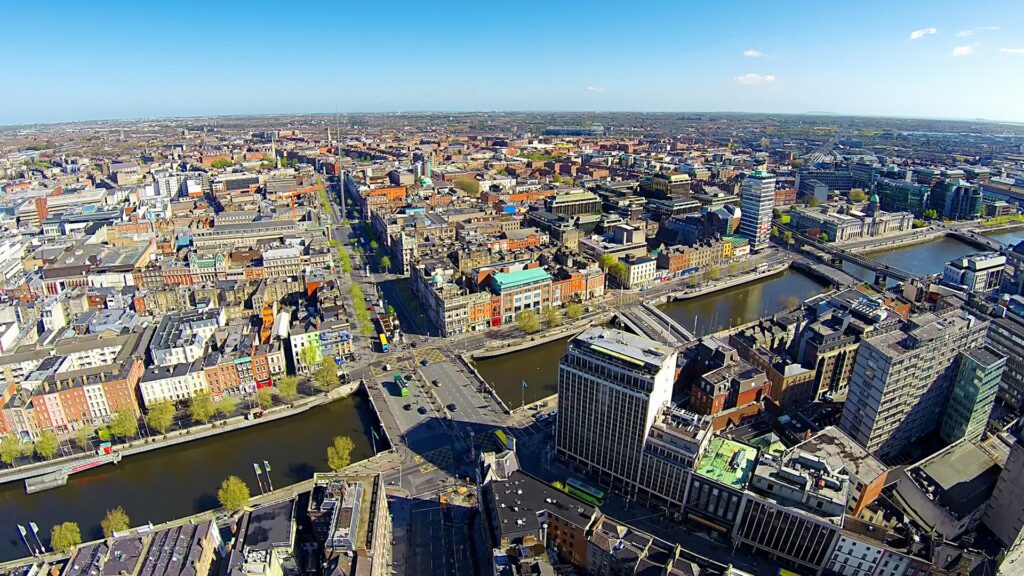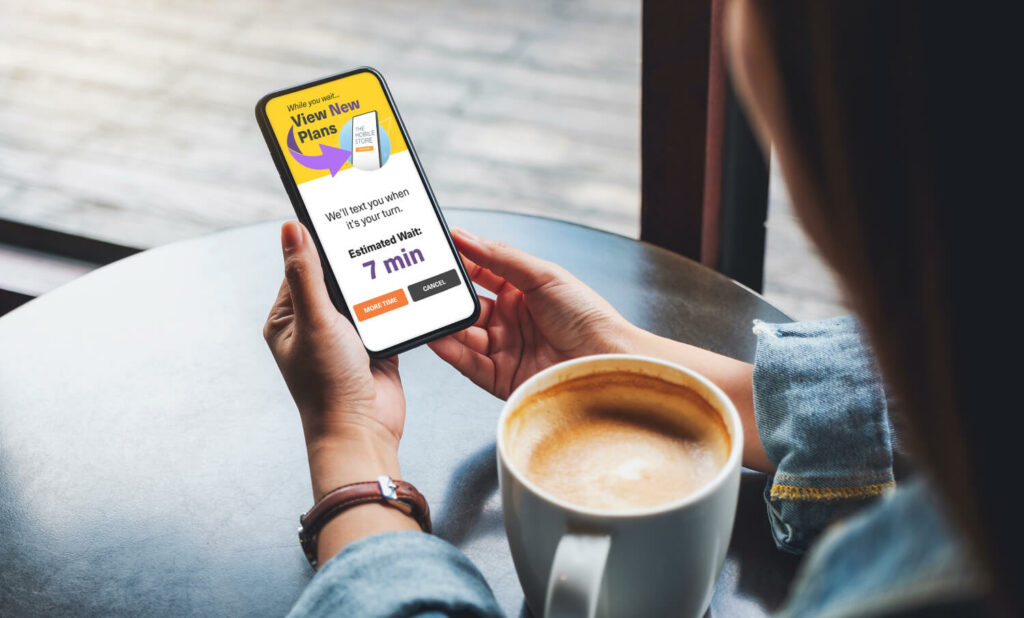This article is updated for April 2022.
What is IoT?
The IoT consists of many devices linked to the internet, returning real-time data for diagnostics, maintenance, and planning. These can be cameras, industrial sensors, home appliances, cars, and many other tools.
However, the proliferation of these devices presents challenges for organizations in areas like maintenance and security. Some of these challenges are logistical. Remote access can help address these problems in many ways, which we’ll discuss in this blog post.
The IoT promises to bring benefits in many areas of commerce and society. For example:
- Smart buildings—enabling more intelligent energy consumption and optimal facilities planning.
- Smart agriculture—promoting remote farming and in-situ support.
- Smart factories—reducing downtime and streamlining interactions between suppliers and customers.
- Smart business—better tracking of customer flows and greater advertising effectiveness.
- Smart cities—improved utility and traffic management systems and environmental monitoring.
A remote access solution can help in each of the above scenarios. However, one consideration that affects them is security: your remote access tool could expose your IoT devices to even more risk without secure software and defined procedures.
Around the time we originally wrote this article, the news reported significant hacks, such as those that hit British Airways. Since, online threat actors have grown. In March 2022 alone, several attacks left organizations exposed to vulnerabilities. For example, hackers used a DDoS attack to shut down the National Telecommunications Authority of the Marshall Islands. The attack disrupted internet services on the Islands for over a week. So you can see how much of an effect this would have on networks running IoT devices. Check out our article on the role of remote access in cyberattacks, which details the different types of remote access threats that organizations are susceptible to.
Businesses face major security problems, ranging from external hackers to internal theft and data breaches. Billions of dollars are spent deploying technology to reduce risks every year to overcome these threats. According to Gartner, security and risk management spending will reach $2.6 billion in 2022, 11.2% more than in 2021. This shows how significant security has become for enterprises.
How can IoT & remote access help society?
Smart buildings
Buildings equipped with IoT devices promise more innovative data monitoring such as energy consumption, water usage, environmental statistics, and infrastructure failures. With numerous IoT devices installed throughout a building, sometimes in hard-to-reach locations, a reliable remote access solution is essential for monitoring and managing the ‘health’ of the building and its occupants.
The ability to connect remotely to a device from anywhere allows you to monitor what is happening in real-time quickly and resolve any issues. It also allows you to perform maintenance such as software or firmware upgrades without physically accessing the devices.
Smart agriculture
IoT devices such as sensors are being used in agriculture to monitor soil moisture and nutrient levels, livestock health, control the irrigation of crops and the application of fertilizer and even remotely operate farm machinery. By using remote access, farmers can regularly retrieve the data about their crops and livestock and use it to make decisions that will increase their yields and their profits.
A reputable remote access solution allows workers to perform many technical duties remotely, like regular system maintenance or controlling machinery. When travel is necessary, remote access is a helpful technology that helps off-site employees to stay connected regardless of their physical location, minimizing disruptions and improving working efficiency.
Smart factories
When it comes to maintaining remote computer systems that operate, for example, industrial machinery, you can’t always avoid an on-site service call. However, in some cases, it is much more efficient to perform specific maintenance duties remotely, such as monitoring system status, troubleshooting problems, and upgrading software.
Over the years, we have seen how companies use remote access software to support distributed computer systems and devices to minimize the time spent on the road between locations and reduce any associated service disruption. It is likely to become even more widespread as the number of smart devices in the workplace increases.
The ability to perform maintenance remotely translates to more efficient customer service, lower maintenance costs, and, most importantly, increased production uptime.
Smart business
In the modern world of just-in-time delivery, IoT devices embedded throughout the supply chain can allow consignments of goods to be tracked in real-time from supermarket warehouse to shop and from shop to customer, using remote access software. It enables companies to manage all supply chain stages and identify and respond to any problems before affecting the business.
In the retail sector, IoT technology has a role in analyzing real-time sales of goods and monitoring changes and trends to allow a company to respond more flexibly to rapidly changing demand and tight deadlines.
Remote access to IoT data across multiple retail outlets allows you to build a comprehensive picture of retail activity locally, nationally, or even globally. Organizations can also use this information to assess the effectiveness of advertising campaigns. Changes in consumer behavior and sales can be potentially traced to specific campaigns, leading to more targeted and effective use of advertising budgets. Data accessed remotely across multiple sites can be used for more accurate long-term planning, improving efficiency in all business areas.
Smart cities
The IoT promises to revolutionize life in the modern city with smart utility services using sensors to monitor energy flow across the grid, from the power station to consumers.
Remote devices that can enable these advances include communication infrastructure to monitor substations and transmission equipment. By using remote access software to access these devices, utility companies can fine-tune the performance of the energy grid, prevent outages and help restore power quickly if they happen. They can also allow customers to manage their energy usage, even down to the level of individual networked devices.
Other smart city applications include public safety and traffic management, intelligent lighting, and water treatment services. In the smart city, remote access solutions have a role in monitoring and maintaining all these systems. Having round-the-clock remote access to information from sensors and cameras can help reduce traffic congestion, optimize transport networks, and keep the availability of utilities throughout the city.
And speaking of traffic, remote access also allows employees to work from home regularly, without any loss of productivity. The growing trend for remote working promises to reduce the number of people commuting into towns and cities each day, easing traffic congestion and public transport overcrowding, and reducing pollution.
These are just some of the ways how remote access can work alongside the IoT to allow the monitoring of smart devices. As more and more of these devices become connected to the internet, the ability to manage them remotely will become increasingly important. Choosing a reputable remote access solution is essential to ensure secure and uninterrupted access to these devices and the valuable data that they deliver.













